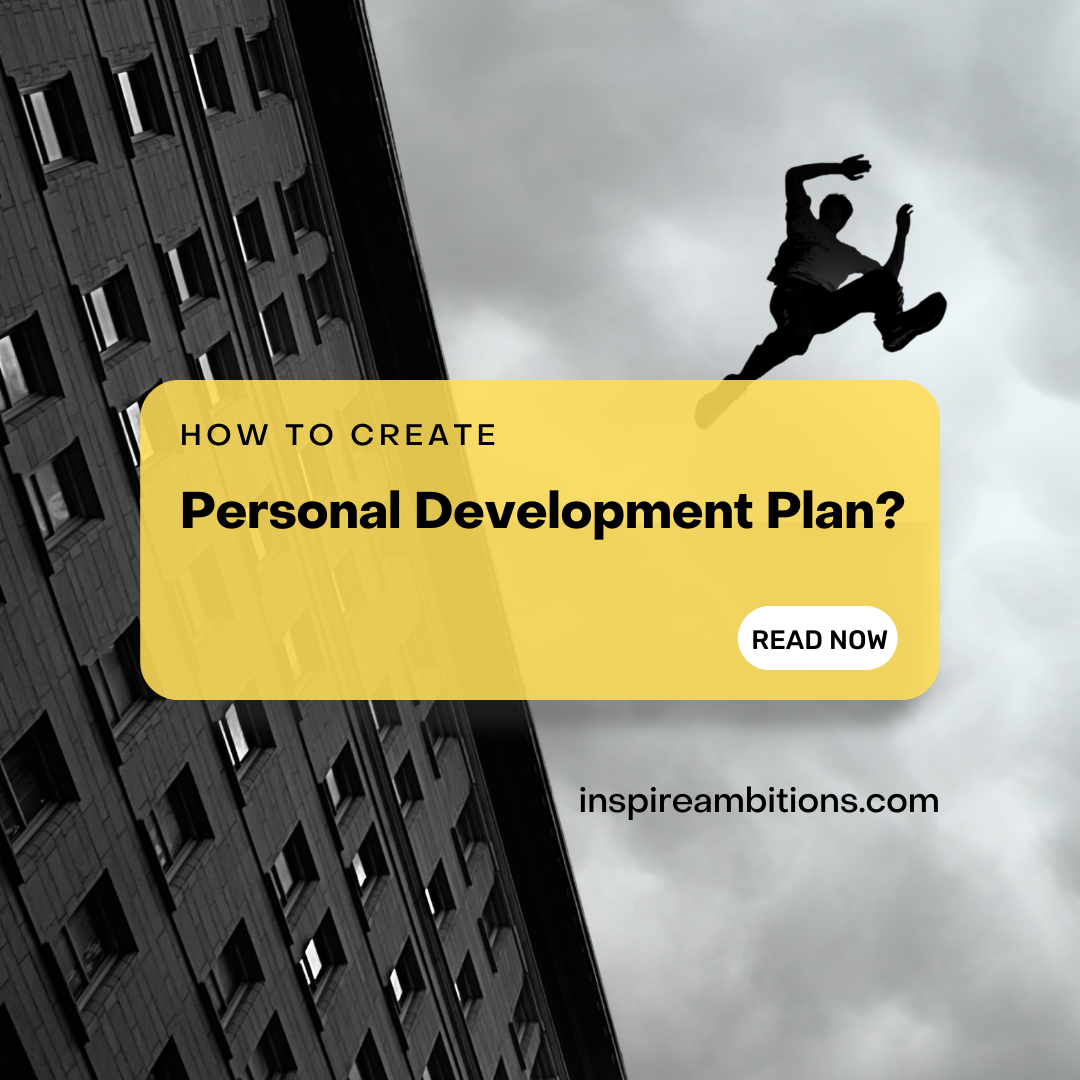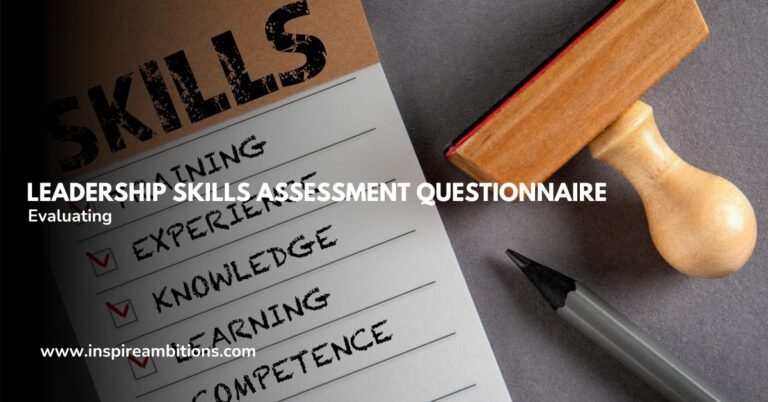Personal Development Plan Example – Steps to Achieve Your Goals
“Time is money when it comes to personal growth.” Developing a structured plan can save you time and energy, pointing you directly toward your goals. A Personal Development Plan (PDP) serves as your roadmap, setting clear, actionable steps to reach your self-improvement objectives.
Creating a personal development plan involves setting specific, measurable goals, assessing your current skills, and identifying gaps requiring focus. For instance, you might aim to enhance your soft skills, such as communication and teamwork. Writing down these goals and regularly tracking your progress keeps you accountable and motivated.
If you’re wondering how to draft a Personal Development Plan effectively, start with self-assessment. Reflect on areas needing improvement, set realistic goals, and create a timeline for achieving them.
This structured approach not only optimizes personal growth but also leads to a more fulfilling and empowered life. Explore more on creating a Personal Development Plan to guide you on this journey.
Developing Your Personal Development Plan
Creating a personal development plan (PDP) involves assessing your current skills, setting goals, and implementing an action plan to achieve those goals. This structured approach can help you progress personally and professionally.
Assessing Current Skills and Competencies
Start by evaluating your existing skills, knowledge, strengths, and weaknesses. A detailed self-evaluation or a SWOT analysis (Strengths, Weaknesses, Opportunities, Threats) can be very informative.
List your сильные стороны и недостатки in a table:
| Сильные стороны | Weaknesses |
|---|---|
| Эффективная коммуникация | Poor time management |
| Technical proficiency | Public speaking anxiety |
Reflect on feedback from peers and supervisors to gain insight into areas needing improvement. Use positive thoughts to stay motivated and identify opportunities for growth.
Setting Personal and Career Goals
Establish clear, actionable goals. Divide them into short-term and long-term goals. Ensure they are SMART goals: Specific, Measurable, Achievable, Relevant, and Time-bound.
Examples of SMART goals:
- Short-term: Increase proficiency in Excel within three months.
- Long-term: Earn a certification in project management within two years.
Categories to consider:
- Personal Development Goals: Enhance physical health and improve work-life balance.
- Career Goals: Achieve a promotion and expand professional network.
Creating an Action Plan
Outline a step-by-step action plan to reach your goals. This plan should include a timeline, necessary resources, and expected outcomes.
Action Plan Template:
| Цель | Этапы действий | Timeframe | Resources Needed |
|---|---|---|---|
| Increase proficiency in Excel | Take an online course, practice daily on tasks | Three months | Excel course, practice materials |
| Earn a project management certification. | Register for a course, study regularly, and take the exam | Two years | Course fees, study materials |
Track your progress regularly to stay on course and make adjustments as needed. Utilize best practices, such as time management techniques, to overcome challenges and stay motivated.
Implementing a comprehensive personal development plan can lead to significant improvements in your skills and career, helping you achieve success and personal growth.
Personal Development Plan Example
lets explore this :
Executing and Reviewing the Plan
Executing a personal development plan requires thoughtful implementation, consistent monitoring, and adapting goals based on feedback and reflection. This ensures you stay aligned with your personal and professional growth objectives.
Implementing the Personal Growth Plan
Start by breaking down your long-term goals into manageable short-term targets. This makes progress more tangible and less overwhelming. Use specific, measurable actions to guide each step. For instance, if learning a new skill is your objective, register for a course or find a mentor.
Actioning items on your plan promptly keeps you proactive. Incorporate diverse methods such as training sessions, self-study materials, or practical experiences.
Engaging in continuous improvement by actively seeking feedback and making necessary adjustments solidifies your trajectory towards your goals.
Monitoring Progress and Reflecting
Regularly review your progress to ensure you remain on track. Use tools like performance reviews or self-assessment checklists. Reflective practices like journaling can help you self-reflect on your journey, understanding both successes and setbacks.
Keeping documentation of your progress helps you recognize patterns. For example, if specific strategies yield better results, you can emphasize these in your plan. Adopting a growth mindset encourages resilience and adaptation, allowing you to embrace challenges as opportunities for improvement.
Adjusting Goals and Strategies
Flexibility is crucial as you may need to change goals or adjust strategies based on your evolving circumstances. Identify which areas require more focus and adapt strategies to meet these new demands. For example, if a planned approach isn’t working, explore alternative methods.
Implementing a periodic review schedule helps in timely adaptations. Be open to refining your goals based on new insights or feedback. Continuous self-reflection and proactive adaptation ensure that your personal development plan remains both relevant and practical, enhancing your progress and personal life.
Take control of your journey, make it dynamic, and let your growth reflect your persistence and adaptability.
Ireland, Porto







